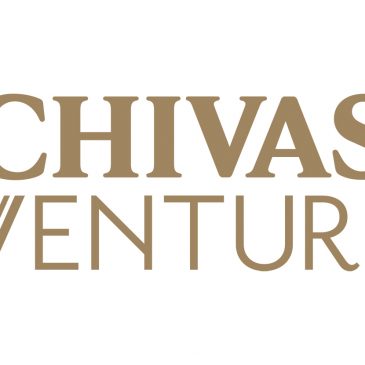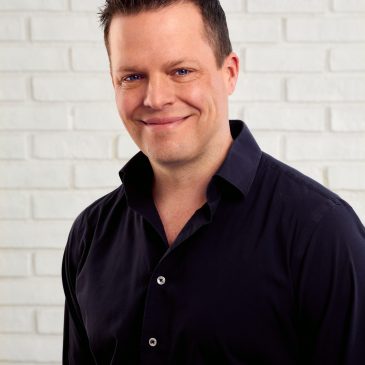Blog
What McDonalds, Coca-Cola, and Target Reveal about the Minefield of Good Intentions

We First Founder & CEO Simon Mainwaring sat down with author, speaker and business innovator Ekaterina Walter to discuss the biggest mistakes brands make in their impact and storytelling efforts and key actions to address them. Even deeper insights can be found in Ekaterina’s latest book The Laws of Brand Storytelling and at We First Works — an online training platform that helps individuals and businesses define and activate their purpose.
Below is Part 1 of our excerpts from the event which can be watched in its entirety here. Sign-up for the We First mailing list for updates on future webinars!
SIMON MAINWARING: When you look at the intersection between purpose and storytelling– the way we understand it is your purpose is why you exist. It’s this slingshot that informs your brand storytelling that allows you to lead a conversation out there that will allow your business to become a movement. That has to exist in several places: your strategy, your culture and your creative work. So, there’s a direct connection between purpose and storytelling in the context of driving business growth.
KEY MISTAKE #1: Broadcasting your schizophrenia.
SIMON: This is when a brand is saying one thing on one channel, one thing on another, and one thing somewhere else. And while from their perspective that makes sense because you’re being specific to that channel, to the consumer on the outside that sees all these brand touchpoints, it makes no sense. You’re like a person talking in different voices at different times. Instead, you need a single, simple, consistent and scalable message.
KEY ACTION: #1: Build a culture of purpose.
SIMON: The key action is not to just get more disciplined in your marketing, but to really build a culture of purpose. You’ve got to define your purpose in the first place and share that throughout your organization — not just through marketing, CSR or your foundation, but through all departments. When you do that, you suddenly find you’re not saying different things driven by different departments and considerations at different times.
EKATERINA: Being on the brand side, I’ve seen this so many times. Brand unity across your presence as a company, across geographies, business units, products and conversations on any channel (in store, face-to-face, or online) is what defines the story of your brand. Have you seen a brand do it well?
SIMON: AirBnb around their platform of Belong Anywhere. Whether it’s accommodation, city tours, or giving free accomodations to refugees – they really brought to life that singular idea very consistently and very different ways – but they always point it back to that same message.
KEY MISTAKE #2: Talking about your purpose in a self-directed way.
SIMON: Ever been to a party and see a guy who talks about himself all night. It sounds great, but eventually you’re like, “Peace out. I’m going to the punch bowl.” It doesn’t matter how good it is what you organization or brand does. If you lose sight that it’s not about you and that you need to speak about being of service of something higher than yourself, you’re going to lose people’s interest.
KEY ACTION #2: Co-create content with customers.
SIMON: As a tonic to this mistake, one of the most powerful strategies is to co-create content with your stakeholders. It forces you to talk about them. If you say, “Everything we’re going to do is going to give our consumers an opportunity to do something with us,” then you’ll have a totally different set of ideas if you just say, “How are we going to talk about ourselves?”
EKATERINA: One of the mistakes I always bring up is “Being the hero of your own story.” Brands are so self-absorbed. They beat themselves on the chest to show the world how cool they are. Just because you achieved success, that doesn’t mean your product is best in the market. It’s not about you, it’s about them. Also, the best influencers are on your payroll. You mention customers. But what about employees? Have you seen companies rally their employees around the brand?
SIMON: The TED talks that are done by corporations. TED at IBM or TED@Unilever. They reached inside their organization, identify 5-10 incredible people that are there everyday. That’s wonderful advertising for their brand at large, but it’s also a huge celebration of those employees.
KEY MISTAKE #3: Failing to tell your impact stories.
SIMON: There’s a company with a stated purpose that has done important, meaningful and measurable work — but then they don’t tell their employees, customers or consumers about it. The problem is you don’t get credit for it and people are less likely to do it again because, “We showed up, we participated…and then we didn’t hear anything.” You’ve got to close that story loop. You’ve got to tell the story of impact that was generated by everyone’s contributions. That’s when you build momentum that people want to do it again overtime.
KEY ACTION #3: Parter to serve something bigger than yourself.
SIMON: Similar to co-creating content, when you partner with someone in service of something bigger than yourself, it forces you to tell the story. Not only will you get to tell that story, but they’ll get that to tell that story. And you’ll both amplify each other. You see it with TOMS around gun control and the different advocacy groups they’re now working with.
EKATERINA: Taking it that one extra mile is one thing, but what about extending those stories in the right way? Look at some data that came out of it, share visual snippets, or share stories of people you’ve actually impacted. Your bigger impact is in the long tail of it. Repeating it year in and year out. Give the community a chance to engage and know who you are, learn why you’re doing it and why your partner is doing it.
What McDonalds, Coca-Cola, and Target Reveal about the Minefield of Good Intentions

Purpose At Work: How Chivas Regal Blends Profit and Purpose

Purpose At Work: How Pampered Chef Mobilizes Its Community To Help During COVID-19 And Beyond

